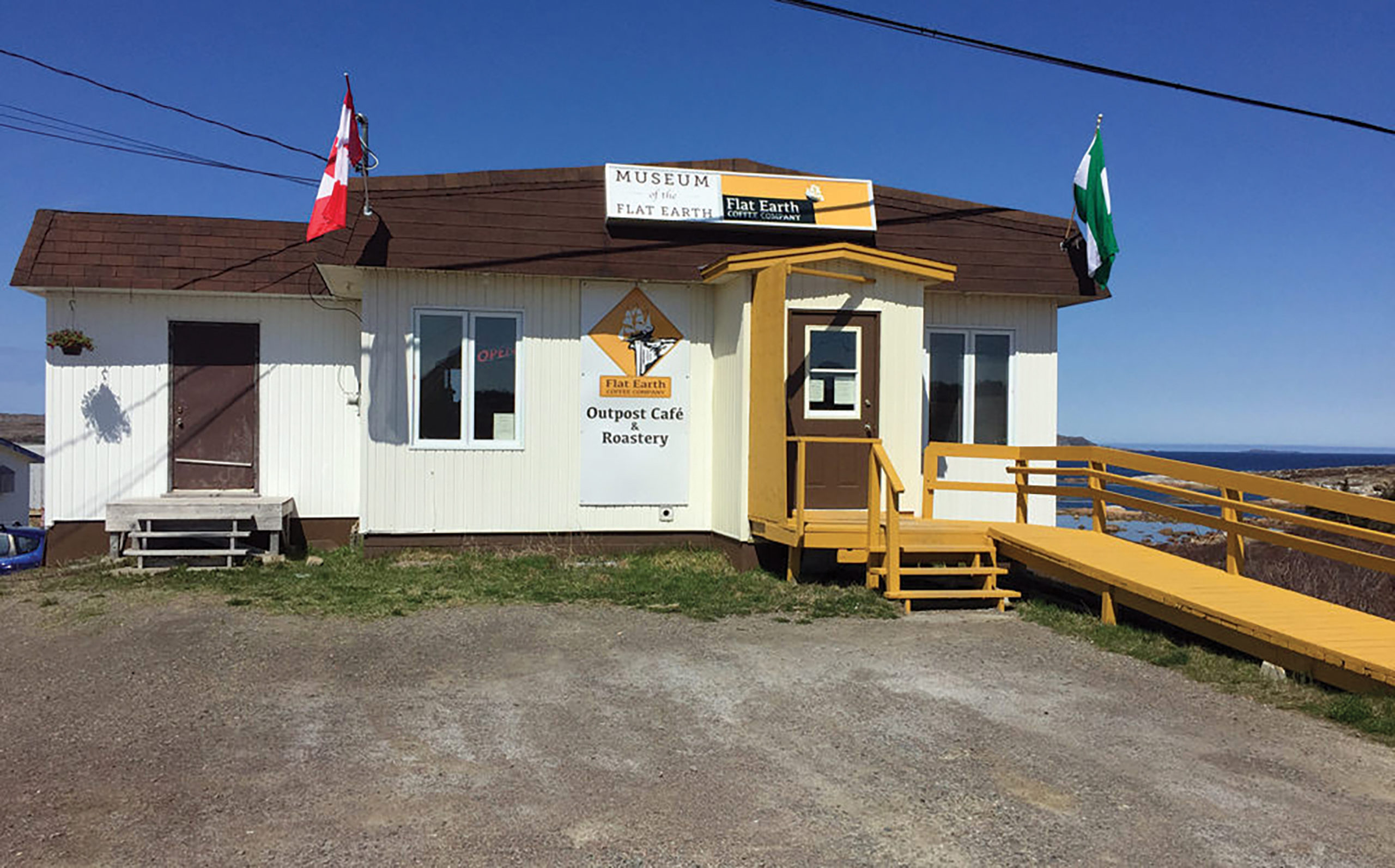The Newfoundland Herald speaks with Kay Burns, curator for The Museum of the Flat Earth, regarding the flat earth society and how it involves Newfoundland and Labrador
====
 In a world where modern-day technology allows us to pass information at record speed via social media, conspiracy theories are aplenty. What is a conspiracy theory? Well, it’s defined as a belief that some covert but influential organization is responsible for a circumstance or event. From the assassination of John F. Kennedy to 9/11 and the moon landings, to the bloodline of Christ and the death of Michael Jackson, every major event of the last 2,000 years has prompted a conspiracy theory.
In a world where modern-day technology allows us to pass information at record speed via social media, conspiracy theories are aplenty. What is a conspiracy theory? Well, it’s defined as a belief that some covert but influential organization is responsible for a circumstance or event. From the assassination of John F. Kennedy to 9/11 and the moon landings, to the bloodline of Christ and the death of Michael Jackson, every major event of the last 2,000 years has prompted a conspiracy theory.
While there were numerous conspiracy theories floating around in the 1960s and 1970s, conspiracism as a phenomenon didn’t come into full flower until the early 90s, thanks to man’s best friend – the Internet.
A Unique Theory
One conspiracy theory that the majority of people have heard of, receiving a wide range of reaction and response including tons of backlash, is that the earth is flat. Yes, you heard correctly.
Ideas and theories pertaining to the flat earth ideology dates back to the 19th century philosophy called Zetetic Astronomy, invented and written by Samuel Rowbotham, where he lays out his unique flat earth theory.
“Zetetic philosophy is based on observable phenomena and the need to verify information firsthand through personal experience and investigation rather than simply believing what we are told,” Kay Burns, curator for The Museum of the Flat Earth, told The Newfoundland Herald.
If the earth is flat, that must mean there are four corners, right? To much surprise, Fogo Island, right here in Newfoundland and Labrador, is reputed to be one of those four corners, specifically Brimstone Head. Drawing conspiracy theorists and tourists from all over the world, Fogo Island is home to The Museum of the Flat Earth.
Museum Fundamentals
Incorporated as a non-profit organization in January 2016, the museum has been years in the making, with artifacts and information gathered from over a decade of research and exploration of ideas pertaining to the flat earth.
“The museum sits at the intersection of fact and fiction and presents documents and objects that reflect the history of the Flat Earth Society within Canada, and some of the Society’s early members,” Burns explained. 
“The displays and programs offered through the Museum of the Flat Earth are about processes of inquiry. Fundamentally, the underlying premise of flat earth thinking is to question things we take for granted, and things that are proclaimed with authority to be accepted incontrovertibly.”
Operating seasonally, it is a member of Museum Association of Newfoundland and Labrador. The Museum of the Flat Earth produces an annual visiting artist program and other events to engage with the Fogo Island community and visitors.
Flat Earth Advocacy
So, what exactly is the Flat Earth Society of Canada? Well, it’s a society which was originally founded in Fredericton, New Brunswick in 1970 by Leo Ferrari, Alden Nowlan and Ray Fraser. Recruiting new members and promoting the ideology behind the flat earth, the three men were actively trying to promote the theory with a pedagogical intent to their process, that education should be filled with opportunities to question information and authority.
“The underpinnings inherent in that approach lend themselves to research investigations into many topics and issues, which may have been buried or glossed over. As a way to counteract complacency and acceptance of any questionably sourced information, the Museum becomes an instigator for critical thinking,” she shared.
Today, there are a number of flat earth societies, flat earth advocates and related groups, some more extreme than others in terms of the degree to which they advocate for religious validation, or conspiracy theories.
It’s extremely important to note that not every flat earth society has the same intent, and the numerous groups and individuals who post information on the Internet do not speak to all flat earth perspectives.
For more information on the flat earth theory within The Flat Earth Museum of Fogo Island, please visit newfoundlandlabrador.com
